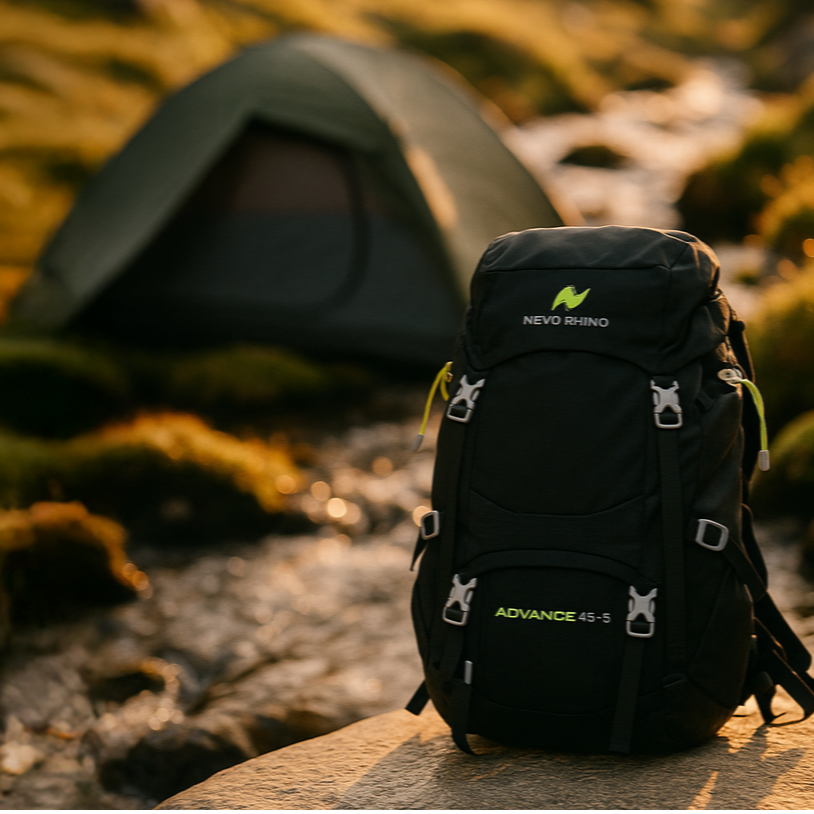
How to Keep Food Cold While Camping Without a Cooler
Share
No cooler? No problem.
While a cooler makes camp food storage simple, it’s not always practical. Especially if you’re hiking in, packing light, or just starting out with basic gear.
So how do you keep your food cold or at least safe, without dragging a bulky ice chest into the wild?
This guide breaks down real survivalist tips to keep your food fresh and safe without a cooler. Whether you're camping overnight or spending a weekend off-grid.
Why Cold Storage Matters
Some foods need to stay cool to stay safe. Without proper temperature control, you risk:
- Spoilage (dairy, meats, eggs)
- Bacteria growth
- Foodborne illness
Your goal isn’t just comfort, it’s health and safety. Luckily, there are proven ways to extend freshness, even without ice.
1. Choose the Right Foods to Begin With
If you're going without a cooler, start smart.
Pack foods that don’t need constant refrigeration:
Better food choices:
- Hard cheeses (like cheddar or parmesan)
- Cured meats (salami, jerky, summer sausage)
- Nut butters (peanut, almond)
- Tortillas or pita (instead of bread)
- Shelf-stable milk (or powdered milk)
- Tuna/sardine packets and canned chicken
- Crackers, granola, dried fruit, and nuts
Pro Tip: Avoid raw meat, mayonnaise, or fresh dairy unless you have a real cold strategy in place.
Learn more about protein sources in the wilderness
2. Freeze Items Before You Leave
If you’re car camping or have access to a freezer before you go:
- Freeze meats, stews, or meals solid
- Wrap them in foil and store them in insulated bags or dry sacks
- Eat frozen items first — they’ll slowly thaw over the first 24–48 hours
Even without a cooler, this gives you cold storage for your first day or two.
3. Store Food in the Coldest Natural Spot
Nature can help you refrigerate if you know where to look.
Smart storage locations:
- Bury it shallow (12–18") in shade - inside a sealed, waterproof bag
- Store near cool running water (like a stream), but keep it sealed and elevated
- Hang food in a shaded tree where it catches breeze but not sun
Look for north-facing slopes, rock crevices, or dense forest cover — they stay naturally cooler.
4. Keep Heat Out (Not Just Cold In)
Most people try to insulate their food, but blocking heat is just as important.
Easy tricks:
- Wrap food in reflective emergency blankets to repel sun
- Store in a dark dry sack, not a clear container
- Bury food or place under rocks (make sure it’s sealed tight)
Heat rises, so don’t stash food in your tent, especially during the day. It acts like a greenhouse.
5. Don't Overpack Perishables
This one’s simple: don’t bring food that can’t survive the trip.
You don’t need to bring ice cream or raw chicken. If you’re camping without a cooler, build meals around:
- Shelf-stable proteins
- Dehydrated or freeze-dried meals
- Meals that are safe warm (like oats, pasta, or instant rice)
Cook smart. Pack smarter. Eat safer.
How Seventh Step Keeps It Simple
We built the Seventh Step Starter Kit to work even when conditions don’t. That’s why our gear is designed to:
- Cook meals fast (before food spoils)
- Boil water for ready-to-eat dehydrated food
- Keep your pack light and adaptable
No bulky cooler. No stress.
Just gear that works with nature, not against it.
Stay Safe. Eat Well. No Cooler Required.
You can keep food cold without a cooler — if you pack smart, use your environment, and stay aware of perishability.
You don’t need ice to eat like a pro in the wild.
You just need to plan ahead and trust your tools.
→ Grab Your Starter Kit
And start your trip prepared, whether you bring ice or not.












